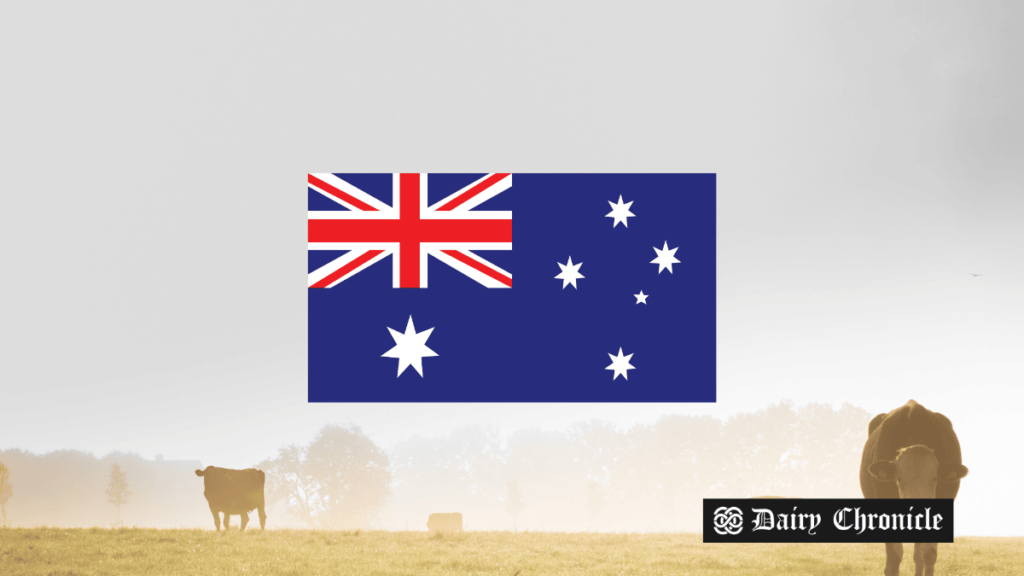Tensions rise in the Australian dairy industry as the United Dairyfarmers of Victoria pushes to remove the Australian Dairy Products Federation (ADPF) from Dairy Australia due to concerns over financial contributions. The vote, set for November 27, will decide the ADPF’s future in Dairy Australia.
In Australia, tensions are rising within the dairy industry as the Australian Dairy Products Federation (ADPF) faces a contentious proposal to remove it from Dairy Australia’s membership. The proposal, set to be voted on during the organization’s upcoming annual general meeting on November 27, has ignited a debate about funding contributions and the role of major dairy processors in the industry.
The motion, championed by the United Dairyfarmers of Victoria, seeks to remove the ADPF from its position as a Group B member of Dairy Australia. This push stems from long-standing frustrations among farmers who contribute a significant portion of the funding for Dairy Australia. Farmers pay approximately $30 million annually through levies, which are then matched by an additional $20 million from the federal government. In contrast, processors represented by the ADPF—such as Fonterra, Bega, Saputo, and Norco—have been criticized for not making any financial contributions to Dairy Australia.
The debate centers on the financial disparity between Group A members, primarily farmers, and Group B members, which include processors. Dairy farmers argue that the ADPF benefits from Dairy Australia’s work without contributing financially. Ian Morris, a dairy farmer from Southwest Victoria and former World Bank official, voiced his frustration over this imbalance, stating, “The ADPF acknowledged in 2019, during the release of the John Brumby-led Australian Dairy Plan, that they should financially support Dairy Australia. Yet, five years later, they’ve made no real commitment.”
The ADPF, on the other hand, has not directly commented on the issue but defended its role by highlighting its in-kind contributions, including participation in initiatives such as the Australian Milk Pool Trajectory Research to 2030, water security projects, and plant-based labeling programs. The federation also claims that processors provide valuable technical resources and data to Dairy Australia and make direct investments on farms to support milk quality, sustainability, and animal welfare.
United Dairyfarmers of Victoria president Bernie Free argued that processors have backtracked on previous commitments to contribute financially.
“Farmers are fed up with processors avoiding their fair share, If we’re expected to contribute millions, processors—especially given their strong performance this season—should do the same.”
Victoria president Bernie Free
The proposal to remove the ADPF from Dairy Australia requires a 75% majority vote from Dairy Australia members to pass. However, the organization’s board has advised against the motion, and it remains to be seen whether it will gain the necessary support at the November 27 meeting, which will take place at Deakin University’s Warrnambool campus.
This vote marks a pivotal moment in the ongoing debate over the future of funding within Australia’s dairy sector, with significant implications for the relationship between farmers and processors in the industry.



